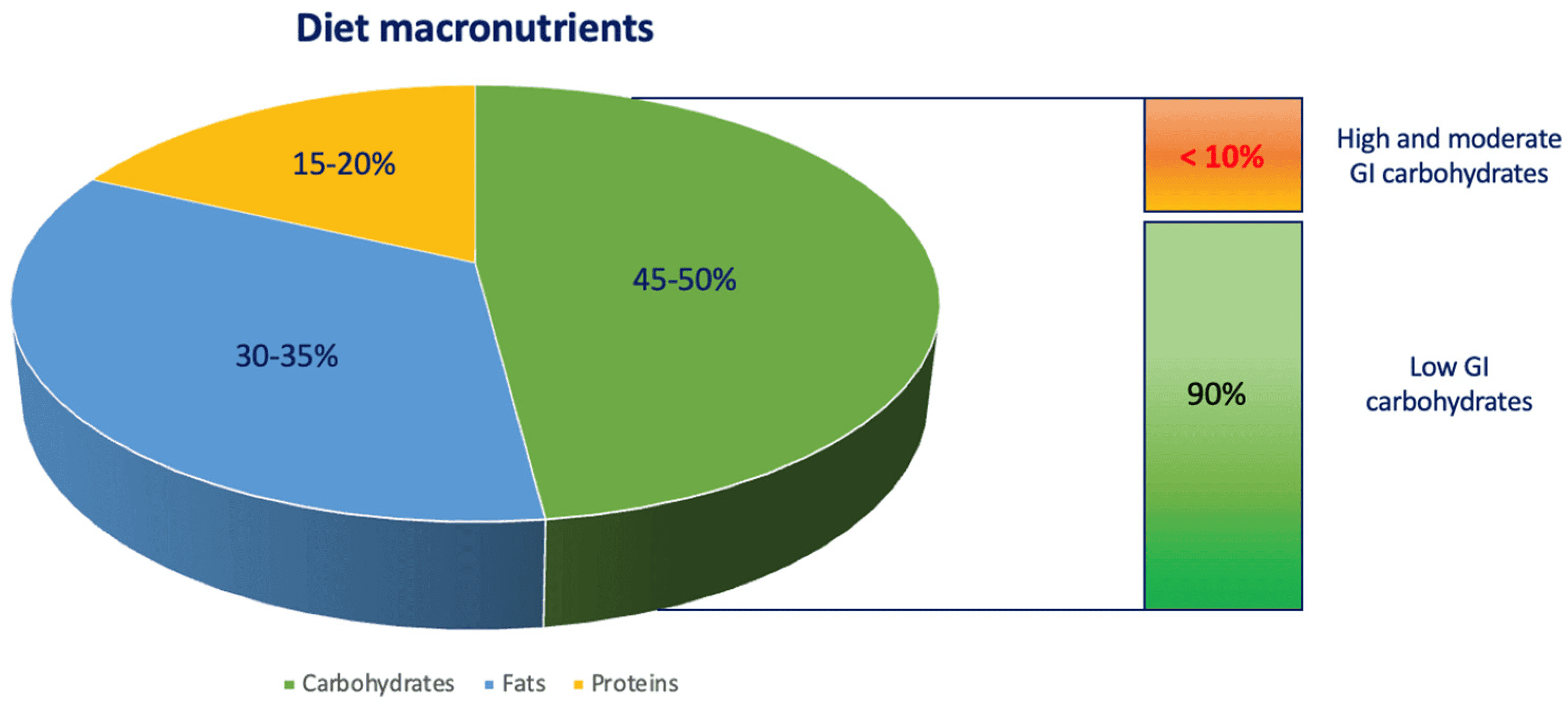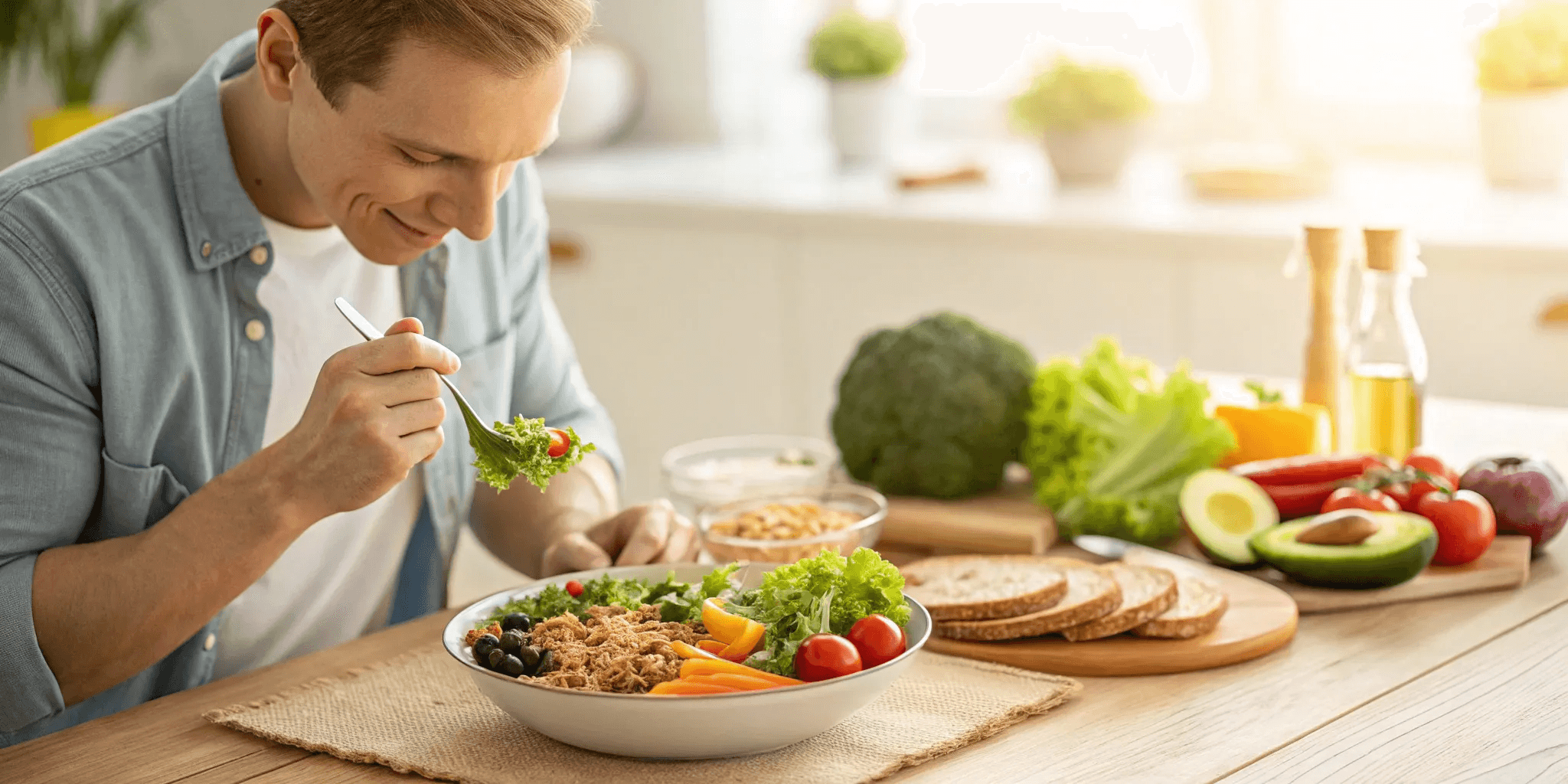Explore effective foods for managing low blood sugar and practical tips for stability. Get expert insights from Heald for balanced and healthy glucose management.
Heald Membership: Your Path to Diabetes Reversal
Table of content
Introduction
Experiencing low blood sugar, or hypoglycemia, can be both alarming and uncomfortable. Symptoms like dizziness, sweating, and shakiness indicate your body urgently needs fuel. Knowing the right foods to eat can help stabilize your blood sugar levels effectively. At Heald, we understand the importance of making smart dietary choices. This guide will provide practical strategies and food options, with tips to keep your blood sugar stable.
Hypoglycemia, or low blood sugar, is particularly concerning for individuals managing diabetes. It requires immediate attention, as prolonged low blood sugar can lead to severe symptoms such as confusion, loss of consciousness, or even seizures. Understanding how to effectively raise and stabilize blood sugar is essential. Common causes include skipping meals, intense physical activity without proper nourishment, or certain medications. By being informed and prepared, you can prevent these episodes and maintain a stable blood sugar level throughout the day.
Essential Foods for Low Blood Sugar
Choosing the right foods when experiencing low blood sugar is crucial. It’s about selecting options that offer quick relief and sustained energy.
Ideal Snacks for Quick Relief
When experiencing low blood sugar, it's important to choose snacks for hypoglycemia that can quickly raise your glucose levels and provide sustained energy. Some great options include:
Glucose Tablets/Gel: Easy to carry, designed for quick glucose boosts.
Fruit Juice: 4-6 ounces of orange or apple juice can quickly raise levels.
Fresh Fruit: Bananas, grapes, or apples provide natural sugars and fiber.
Honey or Jam: A spoonful offers a quick sugar boost.
Dried Fruits: Raisins, apricots provide natural sugars that are absorbed quickly.
Whole-Grain Toast with Peanut Butter: Combines carbs and protein for lasting energy.
Low-Fat Yogurt: Contains a mix of carbs and protein to maintain blood sugar levels.
Heald Tip: Always carry a pack of glucose tablets or a juice box for emergencies.
Research Insight
A study published in the Journal of Clinical Nutrition (2020) found that individuals who consistently included high-fiber foods, lean proteins, and low-glycemic index carbohydrates in their diet experienced a 40% reduction in hypoglycemia episodes over a 12-week period. This suggests that a balanced diet plays a significant role in maintaining stable blood sugar levels, particularly for those managing diabetes.

Credits: MDPI
The Heald WA channel is a goldmine of support and information for those on their diabetes reversal journey. Sharing experiences, tips, and triumphs with fellow community members can provide invaluable motivation and practical advice. From meal plans and exercise routines to emotional support and accountability, the collective wisdom within the group can accelerate progress and make the path to diabetes reversal feel less daunting.
Meals to Stabilize Levels
Whole Grains + Protein: Oatmeal with nuts, or brown rice with chicken provides a steady energy source.
Healthy Fats: Incorporate avocados, nuts, or olive oil to slow glucose absorption.
Mixed Meals: Grilled chicken with quinoa and veggies offers a balanced mix of protein, fiber, and healthy fats.
Foods to Avoid
Not all foods are beneficial for managing low blood sugar. Some can cause rapid spikes followed by a crash.
High Glycemic Index Foods
White Bread/Pasta: Causes rapid blood sugar spikes.
Sugary Cereals: Often contain added sugars that lead to sudden spikes.
It's essential to understand that not all high-GI foods are necessarily bad; they can be consumed in moderation or paired with low-GI foods to balance their effects. For instance, pairing white rice with a source of protein like fish or chicken can help slow down the absorption of sugars, reducing the risk of blood sugar spikes. Always read food labels and be mindful of hidden sugars in products like sauces, dressings, or even some 'health' bars.
Sugary Snacks
Candy and Soda: Provide a quick surge but cause rapid drops afterward.
Pastries and Cakes: High in refined sugars and fats, leading to unstable blood sugar levels.
Soda, for example, can contain up to 40 grams of sugar per can, leading to an immediate spike in blood glucose. While this might offer quick relief, it often results in a subsequent crash, making you feel more tired than before. Instead, opt for naturally sweetened drinks like coconut water, which contains electrolytes and natural sugars that offer a more balanced energy boost. If you crave something sweet, dark chocolate (70% cocoa or higher) in moderation can be a better choice, as it has a lower glycemic impact and provides antioxidants.
Practical Tips for Managing Low Blood Sugar
Incorporating good habits into your routine can help prevent hypoglycemia episodes.
Portion Control
Eat smaller, frequent meals to maintain stable blood sugar.
Avoid skipping meals; this can lead to sudden drops.
Example: Anjali, 38, found eating five small meals a day helped keep her levels steady, avoiding fatigue and dizziness.
Balanced Diet Tips
Include Protein: Helps slow glucose absorption (e.g., eggs, fish, tofu).
Opt for Fiber-Rich Foods: Vegetables, legumes, and whole grains help maintain stable levels.
Incorporating a variety of vegetables into your meals is vital, especially non-starchy options like leafy greens, bell peppers, cucumbers, and tomatoes. These are low in calories but high in fiber, which helps regulate blood sugar levels. Including fermented foods like yogurt, kefir, or sauerkraut can also aid in gut health, which is linked to improved blood sugar control.
Stay Hydrated: Dehydration can affect blood sugar levels, so ensure you drink plenty of water throughout the day.
Carry a Medical ID: If you have frequent episodes of hypoglycemia, wear a medical ID bracelet that indicates your condition.
Monitor Regularly: Use a glucose monitor to track your blood sugar levels, especially after meals or exercise, to understand how different foods and activities impact you.
Plan Your Meals Ahead: Preparing your meals and snacks in advance ensures you always have healthy options available, reducing the likelihood of reaching for unhealthy foods when hungry.
Conclusion
Managing low blood sugar requires both quick-acting solutions and long-term strategies. By selecting the right foods, avoiding those that cause fluctuations, and following practical tips, you can maintain stable blood sugar levels. At Heald, we support you with personalized meal plans and expert guidance to help manage your condition effectively.

Popular Blogs
Comments









